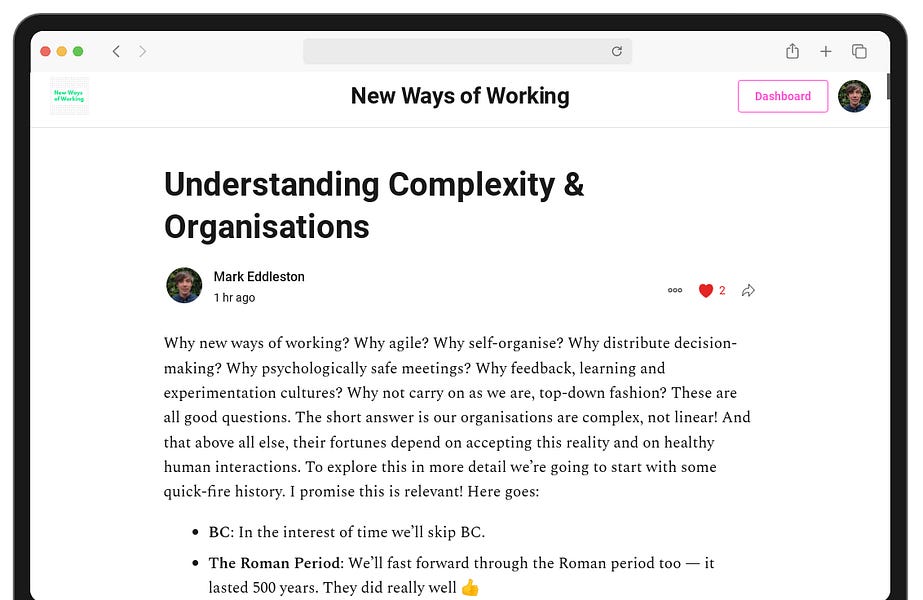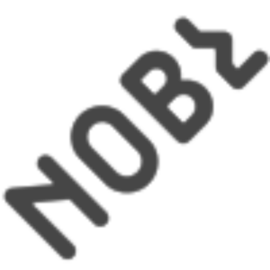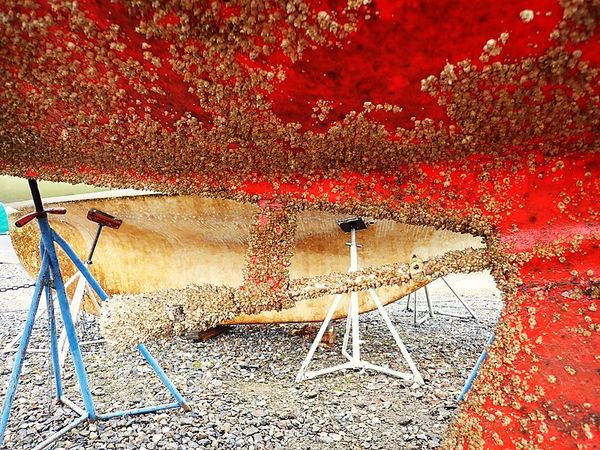How your business is organised is at the core of creating sustainable growth. It probably needs more focus than you give it.
Businesses are usually built to thrive and grow. The pursuit of profit, and increasingly wider societal benefits, is at the heart of a capitalist system.
At one level it's a simple game. Make or do something customers want, find those customers willing to pay you and then supply them with what they want or need.
Much of what's written about business focuses on specific parts of this super basic process. And none of those ways of looking at business are wrong.
But often they fail to ask a deeper question about where value is created in businesses.
We obsess over things like product, brand, efficiency, pricing, production, culture and a myriad of other things in business.
None of those are unimportant, but once you strip away the the layers of business speak, the real answer is simple.
Value creation comes from the people within that business and how they organise themselves together to create that value.
Think about a business of any size you know and how it goes about its work. At its heart will be the people in that organisation and their collaboration to get work done.
The truth is organisations matter a lot. And so does how they are created and cultivated.
Organisations help us bring together people with different skills, experiences and aptitudes. Together they achieve things that those people couldn't achieve by themselves.
Let's be honest, many of the organisations that exist as businesses are pretty shit.
They take the natural energy of humans and constrain them unnecessarily. They stifle human potential in the interests of conformance within a machine-like organisational system. The bigger a business gets, the more this tends to happen.
They might be successful as businesses despite being poor organisations. And they may well be even more successful as businesses if they were better organisations.
So why do business leaders not pay more attention to the organisations they create?
How they can create the conditions for people to work and grow to their full potential?
Understanding organisational design feels like an undervalued leadership competency. Whatever their size, businesses are complex systems that need understanding and intentionally nurturing towards success.
As a business leader looking ahead to 2023, why not take a moment to think consciously about the power you have to organise better to create a more sustainably successful business?
The trap - org design vs org structure
Organisational design isn't drawing a structure chart.

Designing an organisation for a business means thinking a lot more broadly than structure.
I like Sergio's definition:
Organisation design is a set of tools and methods aimed at creating the most effective architecture for an organisation to reach its strategic purpose, taking into consideration environmental and legal constraints, necessary capabilities to operate and the required operational governance processes.
When done correctly, it allows the forming and continuous development of a culture capable of creating value and sustaining the successful achievement of the organisation strategic objectives.
I also like Nikolay's diagram:

And I like the succinctness of Nobl's definition too:
Organizational design is a strategic process of aligning how to win together with how to work together.
Core concept - the organisation
Questions to consider
- What metaphor would a frontline team member use to describe how your business is organised and does that reflect your view of your business?
- How much was your business designed with an intentional focus on how value is created?
- As it has grown, how has your business accumulated organisational debt that impedes getting the valuable work done?
Get deeper into this topic
- Gareth Morgan's book Images of Organization introduced eight metaphors for thinking about organisations. A useful starting point for thinking about how businesses are organised:


2. Naomi Stanford's Guide to Organisation Design gets into the practical side of organising in business, with an agile and progressive lens:

3. Understanding and embracing complexity in organisational systems is important:












